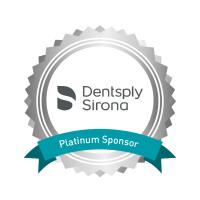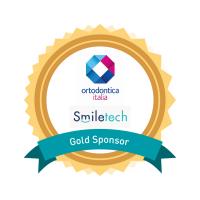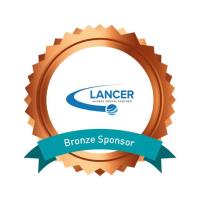Abstract
Improving the Efficiency of Class 2 Correction with Aligners Using a New Digital Planning
by Farina Achille
The correction of the dental class 2 is one of the challenges that most frequently occurs to the orthodontist. Since clear aligners began to be used for this purpose more than 20 years ago, the method historically most used has been sequential distalization. However, this method of progressive distalization of the teeth of the upper arch presents some evident problems. In fact, even if we want to ignore the important critical issues related to anchorage, digital planning with progressive staging translates into the need to use a large number of aligners and therefore, ultimately, in long treatment times. This has led more and more orthodontists to use hybrid techniques with aligners and auxiliary appliances in an effort to optimize treatment times. This report will illustrate several clinical cases treated with aligners in different modality that have led to the development of a new digital programming method (staging) with which treatment times and costs can be significantly reduced.
Learning Objectives
After this lecture, you will be able to understand how digital planning is fundamental in orthodontic treatments with clear aligners.
After this lecture, you will be able to evaluate the efficiency and not just the effectiveness of aligner treatments.
After this lecture, you will be able to learn a type of digital planning that implements the efficiency of class 2 correction with clear aligners.

















